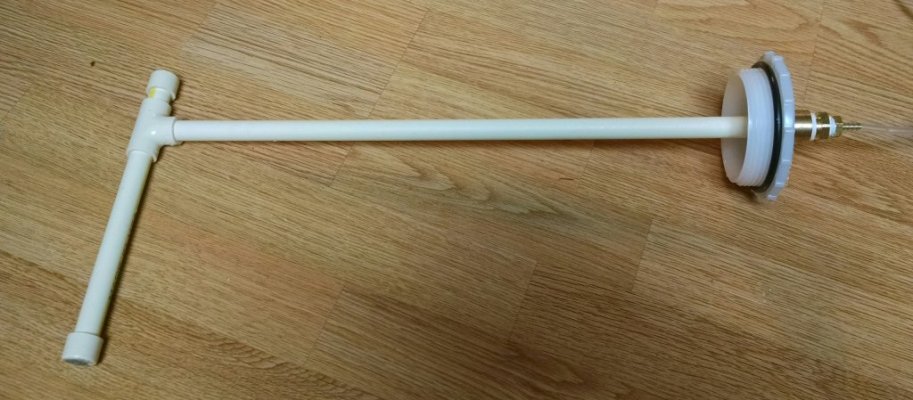Agree It doesn't take much air run 24/7. Start small vs large. I can hear faint Bubbling at nite when all us quiet but pump is very quiet.
Here is the pump I used. Still operating after 11 seasons.
Less than 1/2 amp at 12V. Little need to go large or 120V IMO.
Marine Metal Bubbles 12V Portable Air Pump -The Marine Metal Power Bubbles Air Pump arms anglers with a high-power, low current aerator pump that's perfect for crowded livewells or keeping your catch alive.

www.sportsmans.com
From Specs:
"Super quiet 12V DC low amperage air pump system is designed to fully aerate two livewells up to 18 gallons, or one large well. Designed for use with flow through systems. Kit includes pump, 10' air line tubing, two large air stones, two anti-siphon valves, 6' of wire and copper battery clips.
12 V DCw, very low current +/- .46 amps
Twin bellows and double outlets produce aeration of 1 or 2 live wells up to 35 gallons
High volume twin bellows pumps 5.6 STL/min
Weighted glass bead airstones provide greater dissolved oxygen
Produces 99.5 % saturation of dissolved oxygen
Perfect for crowded livewells
Excellent emergency aquarium pump up to 100 gallons"


